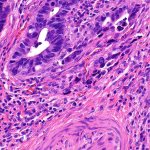
News • Behavioural intervention study
Want to boost bowel cancer screening response? Add a deadline
Screening for colorectal cancer has proven effective for reducing mortality, but response rates are lacking. A new study finds that putting on the pressure can provide the necessary encouragement.


























